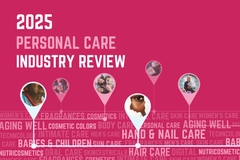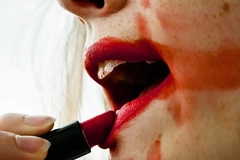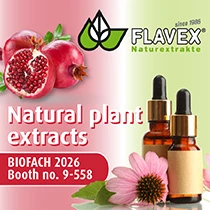US FDA proposes mandatory asbestos testing in cosmetics with talc

A newly proposed US Food and Drug Administration (FDA) rule would require mandatory asbestos testing in talc-containing cosmetics products. However, federal product testing has not highlighted any urgent safety issues. If finalized, the rule would standardize talc testing among personal care manufacturers and assure consumer safety under the Modernization of Cosmetics Regulation Act (MoCRA).
Talc is a mineral used in cosmetic products for its moisture-absorbing abilities, to improve the feel of a product and prevent caking. Asbestos, which is a known carcinogen, can contaminate talc during the mining process. Though asbestos contamination is a risk, recent federally-sponsored lab tests of approximately 50 talc-containing cosmetic products all proved safe and asbestos free.
“For many years, the FDA has been sampling and testing talc-containing cosmetics for asbestos as well as working with our federal partners on efforts to reduce consumers’ risk of exposure to asbestos, a known human carcinogen, from contaminated talc-containing cosmetic products,” says Linda Katz, director of the FDA’s Office of Cosmetics and Colors.
Still, the FDA has proposed the new rule under MoCRA’s section 3505, which requires the Secretary of Health and Human Services to propose regulation and testing methods for asbestos in cosmetic products that use talc.
Titled “Testing Methods for Detecting and Identifying Asbestos in Talc-Containing Cosmetic Products,” the rule would require cosmetic and personal care manufacturers to test for asbestos and keep detailed records of compliance. Manufacturers could also obtain a certificate of analysis from talc suppliers.
“We have carefully considered the scientific evidence and complex policy issues related to detecting and identifying asbestos in talc and talc-containing cosmetic products. We believe that the proposed testing techniques are appropriate methods to detect asbestos to help ensure the safety of talc-containing cosmetic products,” says Katz.
If the new rule is finalized, the detection methods manufacturers will need to use are Polarized Light Microscopy and Transmission Electron Microscopy/Energy Dispersive Spectroscopy/Selected Area Electron Diffraction. These techniques are used to identify the properties and composition of materials, particularly small particles like asbestos.
Under the new rule, the FDA says that products would be considered “adulterated”— unsafe — if companies fail to comply with talc testing and record-keeping. Adulterated products are subject to seizure.
Talc powder safety and alternatives
The safety of talc powder, even asbestos-free talc, has been an ongoing consumer concern. Though it is suggested that talc powder exposure might cause ovarian cancer, scientific findings linking the two are mixed, says the American Cancer Society.
Talc powder has been in the news as pharmaceutical company Johnson & Johnson (J&J) settled state consumer protection claims and talc-related claims in bankruptcy cases filed by its suppliers. J&J maintains that the allegations about its talc are baseless, citing specialists.
Still, J&J withdrew its talc-based powder products from the US market in 2020. The company said it would halt sales of talc-based baby powder and transition to cornstarch-based baby powder.
Finnish company Nordic Bioproducts Group (NBG) is marketing microcrystalline cellulose as a talc alternative for cosmetic use. Microcrystalline cellulose is a product of refined wood pulp that can work as a gentle exfoliator, emulsifier, stabilizer and dispersing agent. NBG recently announced distribution partnerships will make the product more widely available in Europe.












